U.S. Air Force Gen. Gregory Guillot, the top American military officer overseeing operations in and around North America, has said he would welcome Canadian participation in expanding continental missile defense efforts, including in space. One of President Donald Trump’s first official acts of his second term was to order the U.S. military to move forward with plans for a massively enlarged missile defense architecture, dubbed Iron Dome, which notably includes a call for new space-based anti-missile interceptors. Guillot also lauded Canada’s efforts to expand its ability to help safeguard North American airspace through new radars and missiles for its existing CF-18 Hornet fighters and planned purchases of stealthy F-35A Joint Strike Fighters.
Guillot, who is head of U.S. Northern Command (NORTHCOM) and the U.S.-Canadian North American Aerospace Defense Command (NORAD), testified on a wide range of issues before the Senate Armed Services Committee yesterday.

“I met recently with the Defense Minister from Canada [Bill Blair]. They are very much interested in participating. They have legal obstacles, but they assume they can jump over them. [They are] very much [interested in] participating in the missile defense system. And their best contribution could come in what way?” Sen. Jack Reed, a Rhode Island Democrat, asked at one point during the hearing.
Canadian Defense Minister Bill Blair publicly said that “an integrated missile defense system for all of North America is the thing that makes sense to everybody” and expressed interest in partnering in some way on Iron Dome during a call with reporters earlier this month. Canada teaming up with the United States on North American missile defense is something that has also been discussed in the past.

“I welcome their participation. I think the first [point] would be to buy into our domain awareness expansion, whether ground-based or space-based,” Guillot said in response to Reed’s question. “Then, further down the line, if they get [missile] defeat mechanisms, see how they would mesh with our existing defense mechanisms, defeat mechanisms, in a similar way that we employ fighter aircraft with NORAD. Perhaps we could do the same with missile defeat systems from the ground.”
The “domain awareness expansion” Guillot referred to here are efforts to grow the available sensor architecture, especially in space, to be able to better spot and track incoming threats, as well as provide high-quality targeting data to attempt intercepts. Work to develop and field new space-based sensor systems to tackle advanced hypersonic weapons with very high degrees of maneuverability and that fly along largely flat atmospheric trajectories, which makes them difficult to track and defend against, has been a particular area of focus for years already.
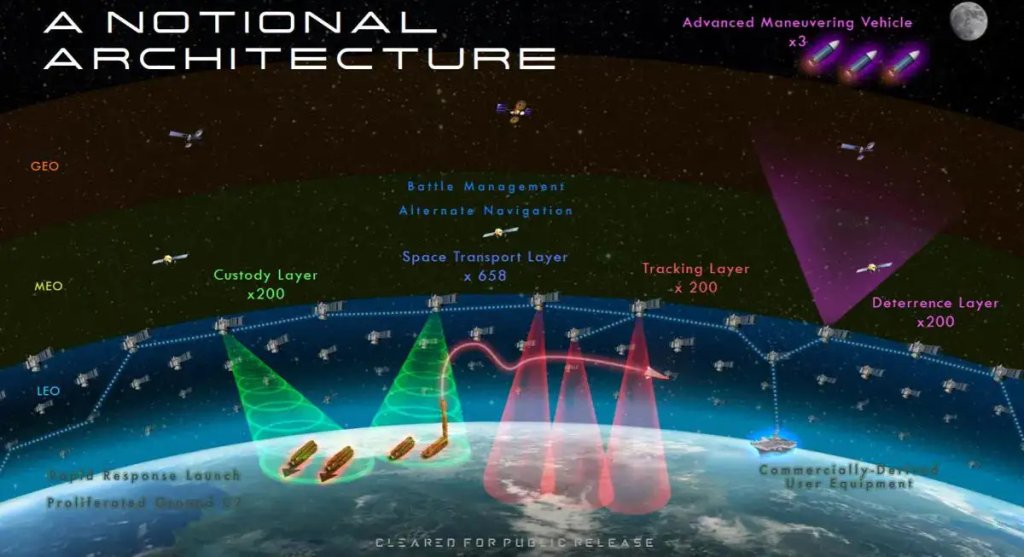
At yesterday’s hearing, Guillot highlighted existing work on new space-based sensor networks, as well as other efforts to improve “domain awareness,” as some of the most immediate things that could be leveraged to meet the requirements of the new Iron Dome plan.
“The top priority in that, in our efforts to meet the direction of the [Iron Dome] executive order is first and foremost to establish increased domain awareness. As I mentioned in the opening comments, you can’t defeat what you can’t see, and the adversaries have an increasing capability of reaching us and threatening us from ranges beyond what some of our current systems can detect and track,” Guillot explained. “So the first layer of any approach to defending the United States or North America, from the NORAD perspective, would be a sensor layer from seabed to space, systems that can detect threats from a further distance.”
“Those are seabed, ground-based, air-based, such as the E-7 [Wedgetail airborne early warning and control aircraft], and then space-based systems for detecting, tracking, and warning,” he continued. “Inside of that, I think we build on our existing GBI and NGI capabilities, the Ground-Based Interceptors and Next Generation Interceptors, to defeat intercontinental ballistic missiles.”
The U.S. Air Force is in the process of acquiring E-7s to replace its aging E-3 Sentry Airborne Warning and Control System (AWACS) aircraft. A relatively small number of silo-launched GBIs currently form the core of U.S. military capabilities to actually defeat higher-end ballistic threats, and now increasingly novel hypersonic ones. New NGIs are expected to eventually replace the older GBIs. With the exception of surface-to-air missile systems positioned around Washington, D.C., and the greater National Capital Region (NCR), defense against cruise missiles and other aerial threats falls almost exclusively to fighters. The U.S. Air Force, including the Air National Guard, provides the majority of that capacity for both NORTHCOM and NORAD, something we will come back to later.
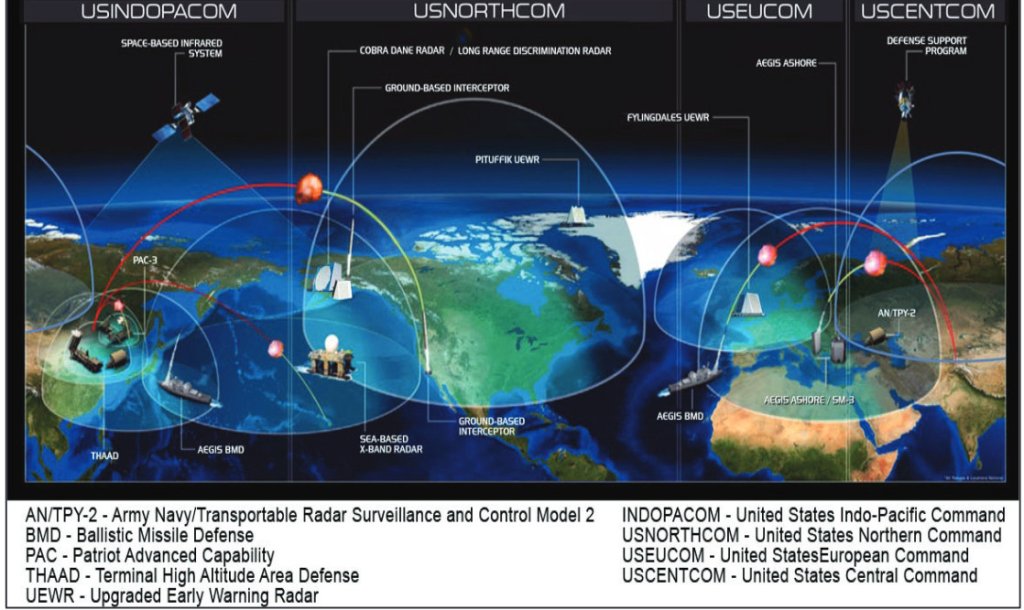
“Some of those capabilities are right on the edge. Others are probably three to five years out,” the NORTHCOM and NORAD commander added. “I think within inside of a year, we could have a significant capability that could network those into a single sensing grid.”
TWZ has reported extensively on recent U.S. military efforts to develop and field new early warning and intelligence-gathering satellite constellations, in particular. The work looks set to provide American forces with unprecedented persistent surveillance capacity to support strategic missions, such as detecting and tracking incoming threats to the U.S. homeland, as well as more tactical operations. The new constellations will also be distributed in nature with large numbers of smaller satellites, which will help them provide more coverage globally and make them more resistant to enemy attacks. You can read more about these developments in detail here.
Beyond satellites, the U.S. military has been working to improve ground-based early warning radar coverage around the U.S. homeland in recent years. The U.S. Navy has also been pursuing new undersea monitoring capabilities with a particular eye toward tracking very quiet and otherwise increasingly more capable Russian and Chinese submarines that present ever-greater threats to the continental United States.
Improving the ability of U.S. and Canadian forces to defend the airspace over and around North America more generally has already been a top priority for many years now, as well. The infamous Chinese spy balloon incident in 2023, as well as the downing of three still-unidentified objects in the skies above the United States and Canada that year, put new emphasis on this issue.
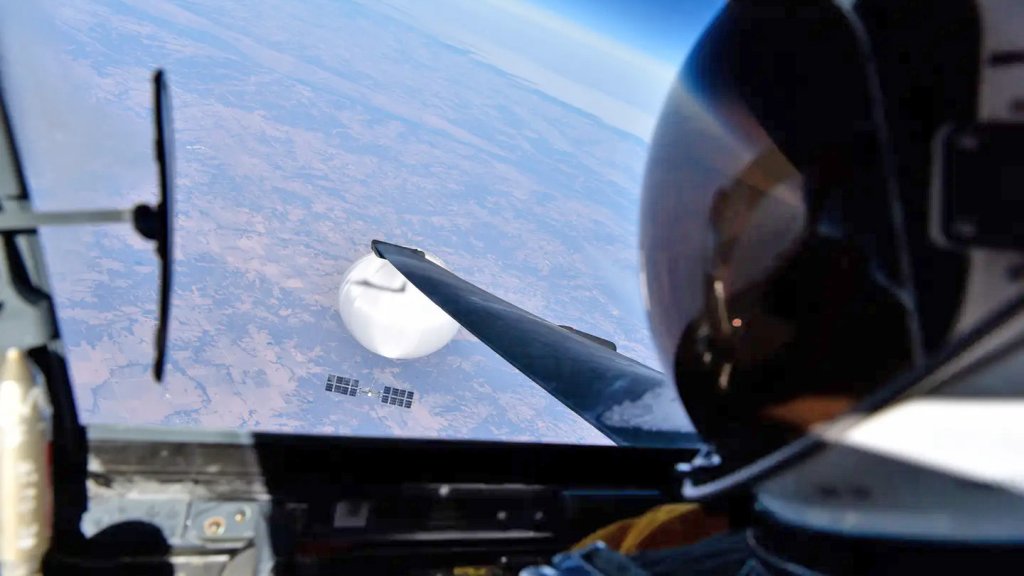
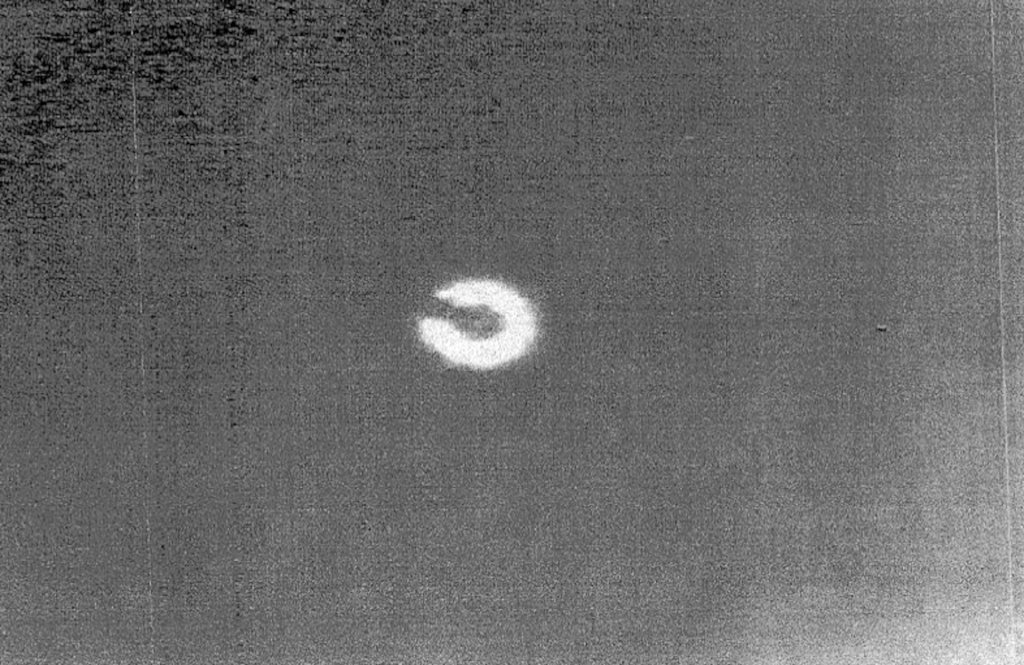
Drone incursions around U.S. military bases and other critical infrastructure in the United States, as well as facilities that host American forces overseas, including many incidents that TWZ has been the first to report on across years of calling attention to this particular issue, have now become a major factor in these discussions, as well. At the hearing yesterday, Guillot also testified at length about uncrewed aerial threats and efforts to better protect against them, as you can read more about here.
As noted earlier, U.S. Air Force fighters currently provide almost all of the more general air defense capacity for North America as a whole. There has been talk about the potential reestablishment of surface-to-air missile sites more broadly within the United States, too.
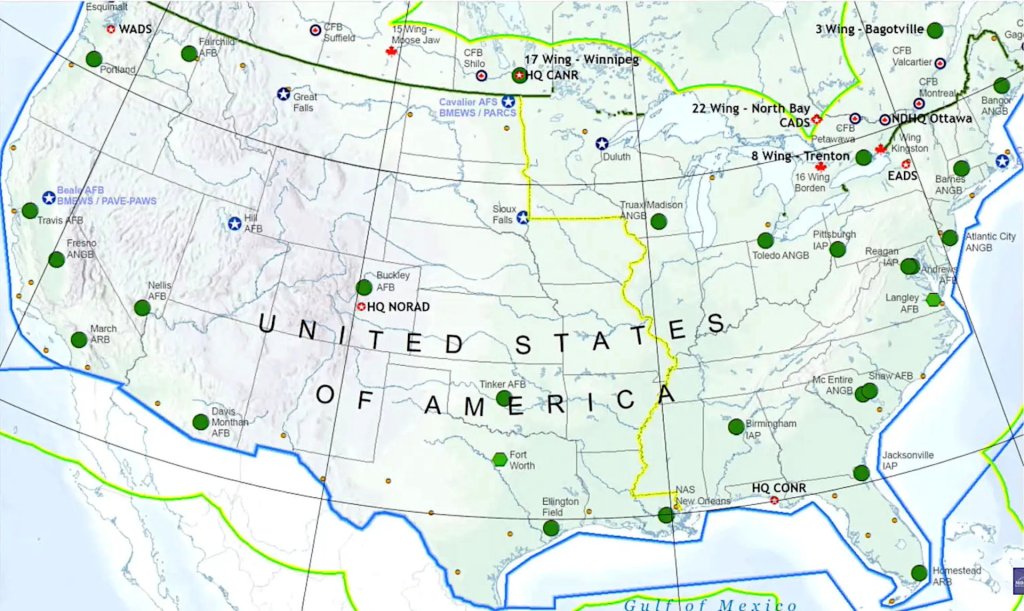
The Canadians “were very collaborative on defining the NORAD requirements and their NORAD modernization is at the very beginning stages. We are seeing improved F-18 radars and missile capabilities already,” Guillot also said in response to a separate question during yesterday’s hearing about Canada’s commitments to that command. “The next step we’ll see is the arrival of the F-35 in the next two years. So they’re well on the track, but we do have some immediate improvements with their F-18s.”
Starting in the 2010s, the Royal Canadian Air Force (RCAF) has been upgrading its fleet of aging CF-18A/B+ Hornet fighters. The most notable component of those efforts has been the integration of new AN/APG-79(V)4 active electronically scanned array (AESA) radars that greatly improve the ability of those aircraft to spot and track targets, even smaller ones, and do so at extended ranges. The RCAF has also been working to acquire new AIM-120D Advanced Medium-Range Air-to-Air Missiles (AMRAAM) and AIM-9X Sidewinders to go with those modernized jets.
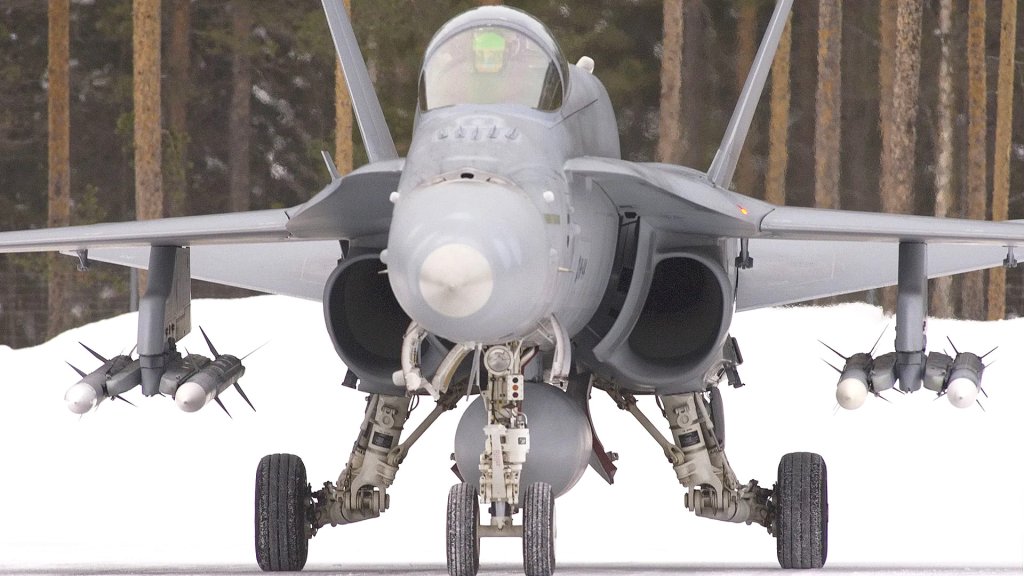
In 2023, Canadian authorities also finalized plans to buy 88 F-35As, with the first expected to arrive in 2026. The twists and turns that led to that decision were an absolute saga that you can read more about here.

Canadian authorities are now in the process of refining requirements for a future national ground-based air defense enterprise, something the country does not currently have, as well.
Blair’s comments earlier this month notwithstanding, there is certainly a question about how realistic any major new cooperation with the United States on missile defense matters, or anything else, might be given the current relations between the two countries. Though Trump’s administration paused planned tariffs against Canada, a trade war is still simmering and there are concerns that it could escalate. On top of that, Trump has repeatedly suggested that Canada could be absorbed into the United States, which has drawn serious backlash from the Canadian government, as well as politicians and the general public in that country. TWZ previously explored how this spat might threaten to upend Canada’s plans to acquire F-35s.
With or without Canadian participation, what parts of the new Iron Dome missile defense plan ultimately come to fruition remain to be seen. The costs alone to develop and field new space-based anti-missile interceptors are expected to be in the tens of billions, if not hundreds of billions of dollars. Canada also has a substantially smaller defense budget currently than the United States, raising additional questions about the degree to which it might be able contribute.
Regardless, America’s top military officer in charge of operations in and around North America, as well as at least some members of Congress, are clearly in favor of stepping up cooperation with Canada to better protect both countries against incoming ballistic and other missiles.
Contact the author: joe@twz.com
